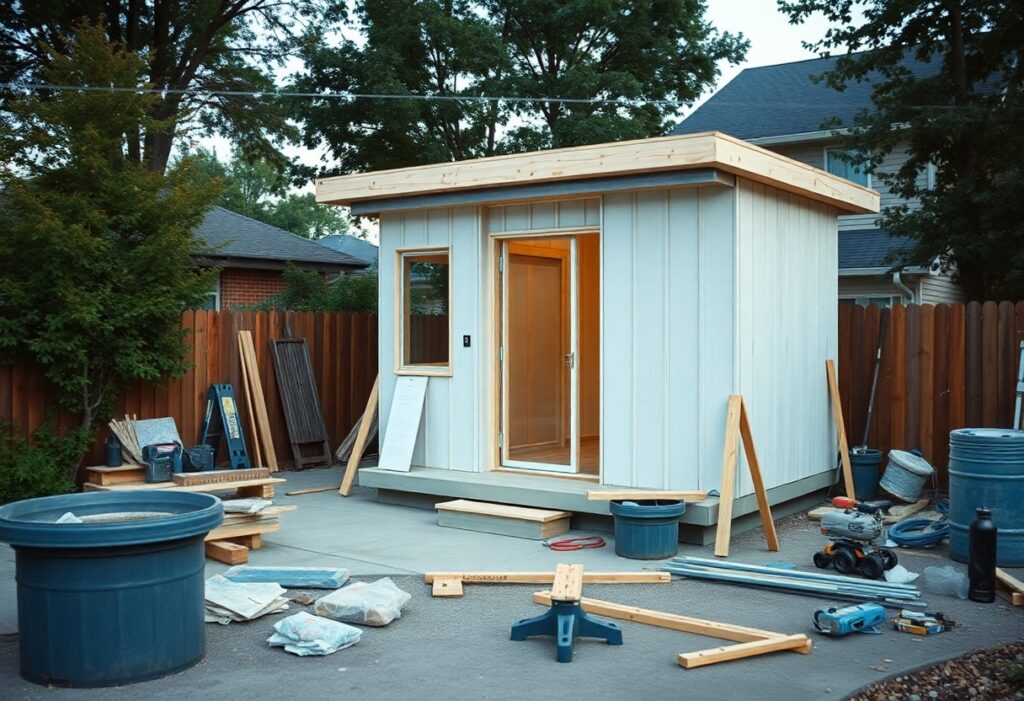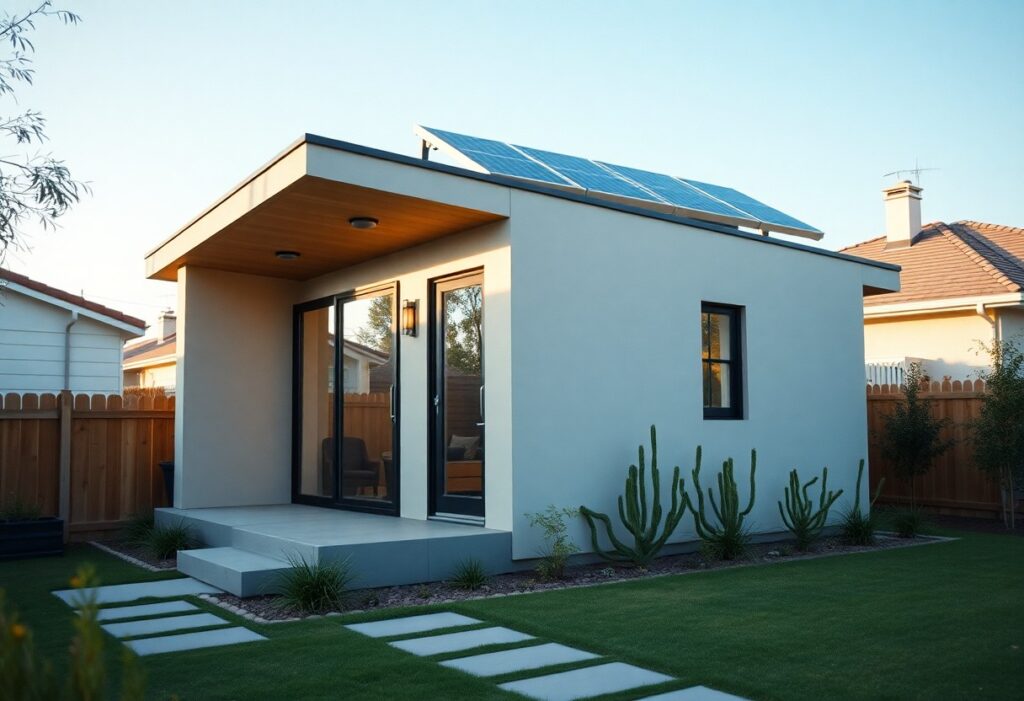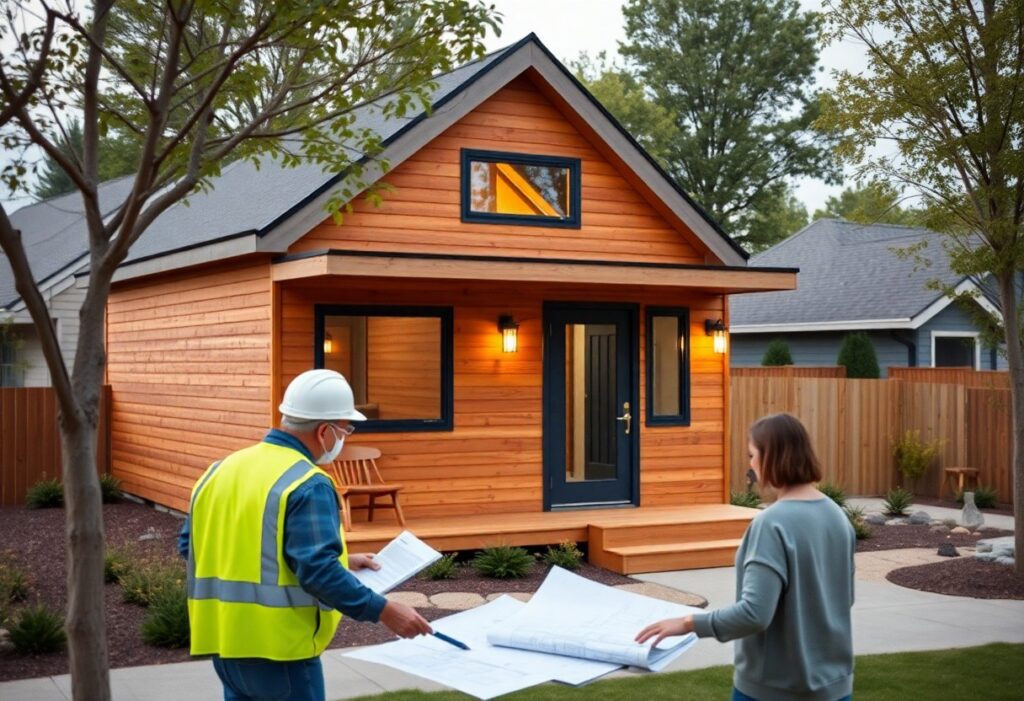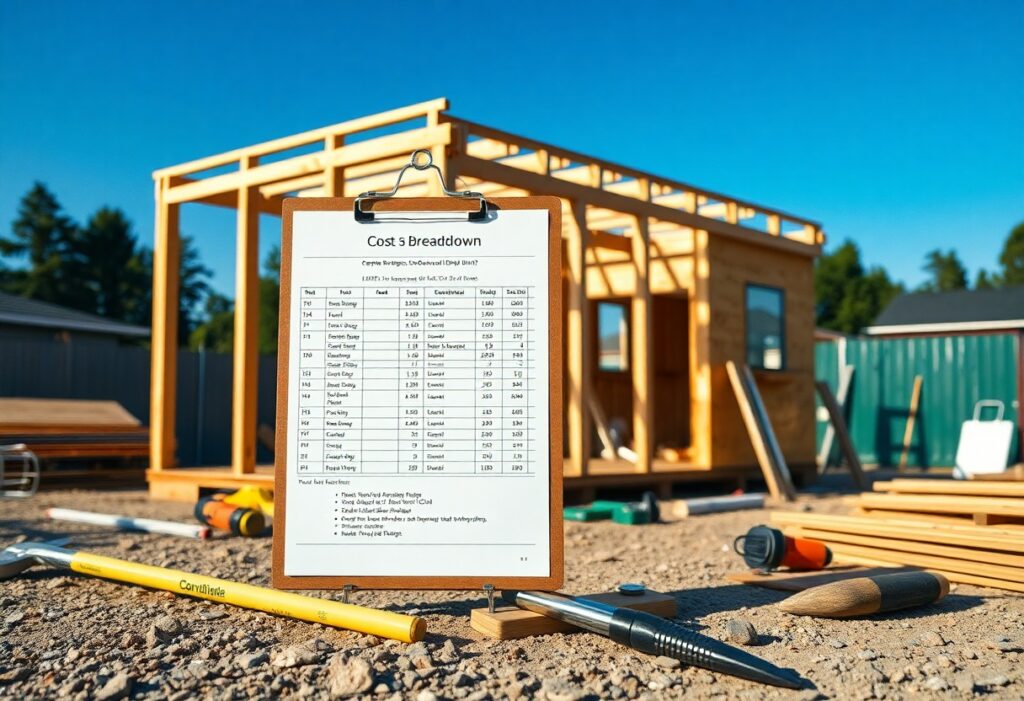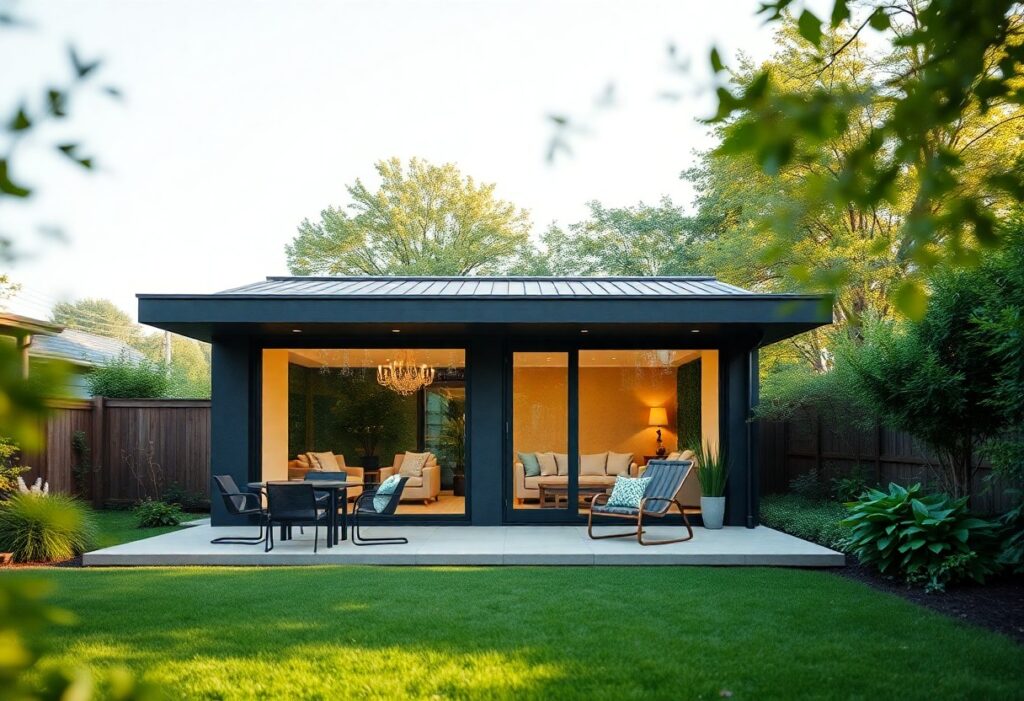It’s no secret that Accessory Dwelling Units (ADUs) are transforming the housing landscape in California and creating a buzz across the West Coast. If you’re looking to boost your property’s value, capitalize on rising rental demands, or simply ensure more space for family members, ADUs present an incredible opportunity. With progressive regulations and a flexible design framework, you can navigate this trend effectively. In this post, you’ll discover why this housing solution is becoming a game-changer for homeowners like you in 2024.
Key Takeaways:
- Increased Affordability: ADUs provide a cost-effective housing solution for families and individuals in an expensive market, offering lower rent options.
- Flexible Living Spaces: These units can serve various purposes, such as guest houses, home offices, or rental properties, enhancing property utility.
- Sustainable Development: ADUs promote efficient land use by increasing housing density without needing extensive new construction, aligning with environmental goals.
Understanding Accessory Dwelling Units (ADUs)
The concept of Accessory Dwelling Units (ADUs) has gained momentum in California, emerging as a versatile housing solution. These secondary units can be attached or detached from your primary residence and are typically configured to accommodate a variety of living arrangements, from rentals to guest houses. ADUs maximize land use, offering flexibility to homeowners looking to enhance their property’s functionality and value.
Definition and Types of ADUs
Before exploring into the appeal of ADUs, it’s important to understand their definitions and types. Here’s a breakdown:
| Type | Description |
| Detached ADUs | Separate structures, typically in the backyard. |
| Attached ADUs | Units built directly onto the primary home. |
| Converter ADUs | Spaces like garages or basements converted into livable areas. |
| Junior ADUs | Smaller units created within an existing home. |
- Detached units maximize privacy.
- Attached options provide easy access.
- Converted spaces optimize your property.
- Junior ADUs use existing square footage.
Perceiving this trend as part of your property strategy can yield long-term benefits.
Benefits of ADUs for Homeowners
With the rising costs of housing, you may find that ADUs present a *smart investment* opportunity. These compact living spaces not only generate potential *rental income* but also offer housing solutions for *aging family members* or *young adults* needing independence. By incorporating an ADU into your property, you can increase your home’s overall *value* and attract a broader range of potential buyers in the future.
ADUs serve as a pathway to *financial freedom* by providing an avenue for consistent rental income that can help cover your mortgage or property taxes. They also enhance the versatility of your living space, allowing for multi-generational housing solutions or temporary guest accommodations. Furthermore, adding an ADU to your property can strengthen its market appeal in an increasingly competitive real estate landscape. Embracing the ADU trend positions you to make informed decisions about maximizing your property’s potential while meeting the evolving housing needs of your community.
The California Housing Crisis
There’s no denying that California is facing a significant housing crisis, exacerbated by rising demand and limited supply. The state has struggled with high home prices and rents, pushing housing out of reach for many residents. As population growth continues to outpace housing production, the need for innovative solutions has never been more urgent.
Shortage of Affordable Housing
An alarming shortage of affordable housing options is forcing many Californians to explore alternatives. With median home prices skyrocketing, too many individuals and families find themselves priced out of traditional housing markets. Consequently, this has sparked a growing interest in Accessory Dwelling Units (ADUs) as a feasible way to create affordable living spaces.
Impact of Zoning Laws and Regulations
Below the surface of this crisis, you will discover how zoning laws and regulations complicate the housing landscape. These legal frameworks often hinder the development of new units, leaving your community with fewer housing options. Although designed to maintain neighborhood aesthetics, such restrictions can negatively impact your housing choices.
Affordable development is frequently hampered by outdated zoning laws that prevent homeowners from building ADUs on their properties. These regulations can limit the potential for increased density, effectively restricting your ability to create additional housing units that meet the needs of your community. Additionally, complex approval processes and high permit costs can deter homeowners from pursuing these projects, leaving many vulnerable to high rent prices and housing insecurity. If these barriers are addressed, ADUs could offer a positive solution to combat California’s housing crisis and provide relief for struggling families.
Legislative Support for ADUs
Keep in mind that California has made significant strides in legislation to promote the development of Accessory Dwelling Units (ADUs). With increased support from state lawmakers, policies have emerged that simplify the approval process, reducing bureaucratic hurdles, and encouraging homeowners to add ADUs. This legislative push is vital for addressing the housing crisis, allowing you to maximize your property’s potential while enhancing local affordability.
Recent Laws and Incentives
Any homeowner looking to build an ADU will benefit from recent laws and incentives introduced by the California government. These regulations include streamlined permitting processes and financial incentives such as grants and low-interest loans, designed to make it easier and more affordable for you to create additional housing units on your property. As these initiatives continue to evolve, they may provide you with even more opportunities to invest in ADUs.
Success Stories Across California
Beside the encouraging legislative landscape, countless success stories across California showcase the transformative impact of ADUs. Homeowners have repurposed garages and basements into beautiful living spaces, enabling them to generate extra income, support family members, or provide affordable housing. These stories not only convey the practical benefits of ADUs but also inspire you to consider how your own space can contribute to solving the housing crisis.
Another shining example can be found in cities like Los Angeles and San Diego, where many homeowners have successfully integrated ADUs into their properties. These transformations have resulted in a surge of additional rental income and have significantly increased property values. One homeowner shared how building an ADU allowed their elderly parents to live close by while maintaining independence, highlighting the family and community benefits of ADUs. By exploring these success stories, you can envision the possibilities for your home, whether it’s for financial gain or creating a multi-generational living arrangement.
Economic Benefits of ADUs
Your investment in Accessory Dwelling Units (ADUs) comes with a variety of economic benefits. From enhancing property values to providing potential rental income, these units are not just a trend; they represent a smart real estate strategy for homeowners in California. By leveraging ADUs, you can significantly improve your financial standing while simultaneously addressing the state’s housing crisis.
Increasing Property Values
Below the surface of California’s hot housing market, adding an ADU to your property can notably boost its overall value. Homebuyers are increasingly seeking flexible living options, making homes with ADUs more attractive. By enhancing your property’s utility and appeal, you position yourself to reap substantial long-term rewards.
Generating Rental Income
After you complete your ADU, you may find a lucrative opportunity in the rental market. Utilizing the space to create additional income can ease your mortgage burden or increase your disposable income. With rental demand heightened in urban areas, you stand to benefit significantly.
Also, the potential for generating rental income with your ADU is a significant advantage in today’s housing market. Many homeowners are discovering that renting out their ADU can provide a steady stream of income, allowing you to cover home expenses or invest in future projects. This rental opportunity is especially appealing considering California’s high demand for housing. As you launch on this journey, ensure you familiarize yourself with local zoning laws and rental regulations to maximize your investment while minimizing potential legal complications.
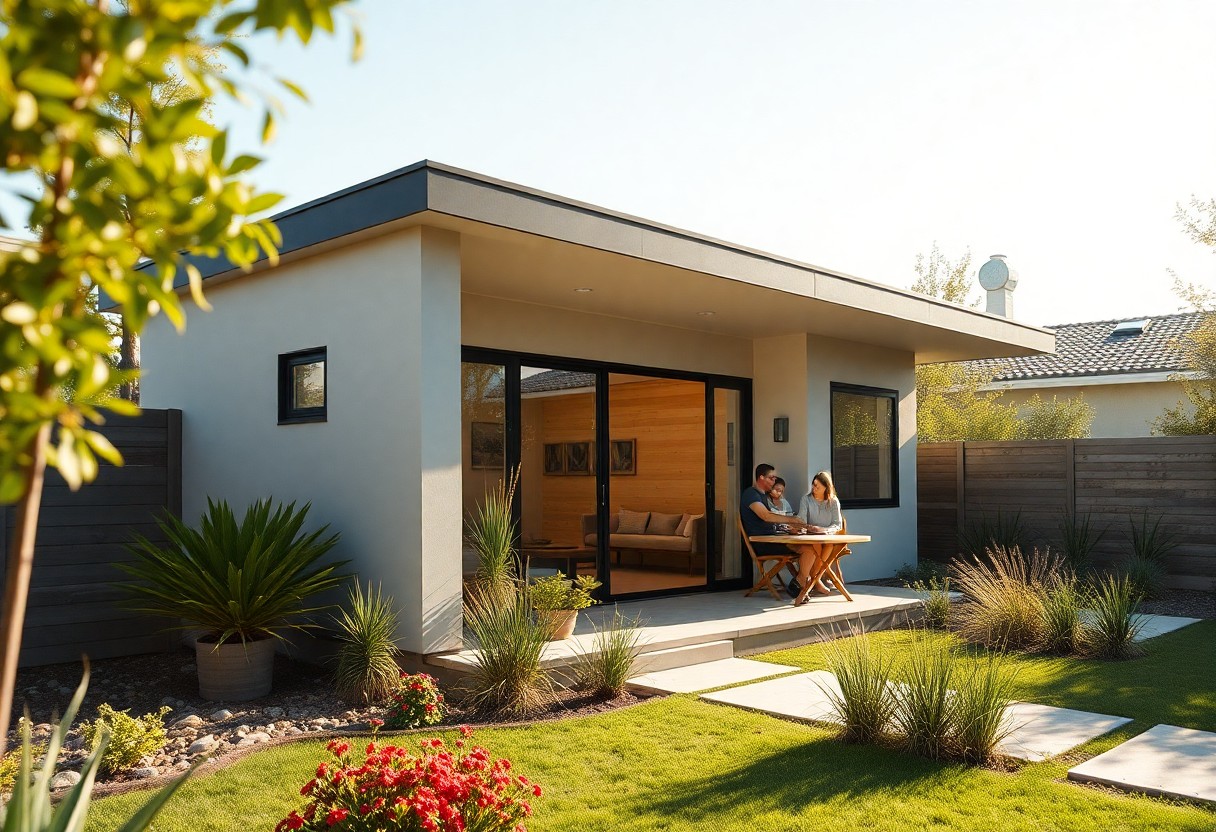
Community Perspectives on ADUs
Now, as California continues to see a rise in Accessory Dwelling Units (ADUs), understanding community perspectives is necessary. Neighborhood dynamics often shift, and local residents may have diverse opinions on how ADUs affect their communities, from increased density to improved housing opportunities. Your awareness of these perspectives can help foster a balanced dialogue around ADUs, paving the way for inclusive community development that recognizes both the benefits and concerns.
Public Reception and Concerns
One of the primary concerns surrounding ADUs is the perception of decreased property values and potential overcrowding in residential areas. Homeowners may fear that the introduction of ADUs could lead to increased noise and traffic, impacting their overall quality of life. Engaging in open conversations about these concerns with your neighbors can help address misconceptions and foster a more harmonious community.
Integrating ADUs into Neighborhoods
Behind the scenes, successfully integrating ADUs into existing neighborhoods requires thoughtful planning and community input. Local governments are beginning to address zoning changes and design guidelines to ensure that ADUs complement the character of their surroundings. This means you can advocate for regulations that protect the unique aesthetic of your neighborhood while also promoting the growth of these housing units.
Further, by facilitating community engagement, such as public meetings and workshops, local governments can better understand your concerns and preferences regarding ADU regulations. Involving you and your neighbors early on can lead to collaborative solutions that enhance your neighborhood’s character while allowing for affordable housing options. Ensuring that ADUs fit in seamlessly—to mitigate potential conflicts—is key to creating vibrant, inclusive communities that are beneficial for all residents.

Future Trends and Innovations
Unlike traditional housing options, California’s ADUs are evolving at a rapid pace. Experts predict that these versatile living spaces will incorporate advanced design elements and sustainable practices, making them more desirable for homeowners. To explore how these trends are taking shape, check out Accessory Dwelling Units (ADU) Are All The Rage In California, highlighting what’s to come.
Design and Sustainability in ADUs
Before submerging into your ADU project, consider the importance of design and sustainability. Homeowners are increasingly opting for eco-friendly materials and designs that enhance energy efficiency. This approach not only benefits the environment but also helps you save on utility bills in the long run.
Technology’s Role in ADU Development
Innovations in technology are transforming the way you approach ADU development. From smart home features to advanced construction methods, these tools make building an ADU easier and more efficient.
Consequently, the integration of smart technology allows you to control energy consumption, security, and home automation via your smartphone. Modular construction techniques enable quicker build times, reducing labor costs significantly. Additionally, using software for planning and design streamlines the process, ensuring accurate layouts and budget management. This combination of technology and design enhances the overall quality and efficiency of your ADU, displaying its role as a modern housing solution.
Final Words
On the whole, you can see why California ADUs have emerged as the hottest housing trend on the West Coast in 2024. These adaptable units not only provide an effective solution to California’s housing crisis but also offer you a practical way to increase your property value and rental income. As the state continues to promote its California ADU Laws Expected To Boost Affordable Inventory, tapping into this trend could be beneficial for your financial future and housing needs.
FAQ
Q: Why are ADUs becoming popular in California in 2024?
A: Accessory Dwelling Units (ADUs) have gained significant popularity in California due to a combination of housing shortages, local government incentives, and changing demographics. As housing prices continue to rise, more homeowners are looking for ways to maximize their properties and generate additional income through rental opportunities. Furthermore, the state government has relaxed regulations around ADUs, making it easier for homeowners to obtain permits and construct these units. In addition, younger generations, including millennials, are often seeking affordable housing options close to urban centers, driving demand for ADUs as suitable living spaces.
Q: What benefits do ADUs offer to homeowners in California?
A: Homeowners in California can reap numerous benefits from building an ADU on their property. One of the primary advantages is the potential for extra income through rental opportunities, which can help cover mortgage payments or provide financial relief. Additionally, ADUs can enhance property value, making homes more attractive to buyers in the competitive real estate market. They also offer flexibility for multi-generational living situations, allowing families to accommodate aging relatives or provide a space for adult children. Lastly, constructing an ADU contributes positively to the community by increasing housing availability in a state facing high demand and limited supply.
Q: Are there any challenges associated with building ADUs in California?
A: While ADUs present many advantages, homeowners may encounter certain challenges when considering construction. Zoning laws and building codes can vary widely by municipality, potentially complicating the permit process. Homeowners need to navigate these regulations, which may require time and an understanding of the specific local requirements. Additionally, the costs associated with building an ADU can be substantial, factoring in construction expenses, utility connections, and potential site modifications. Lastly, homeowners may also need to consider how adding an ADU might impact their property taxes and insurance. It’s important for homeowners to conduct thorough research and possibly consult with professionals to ensure a smooth building process.


